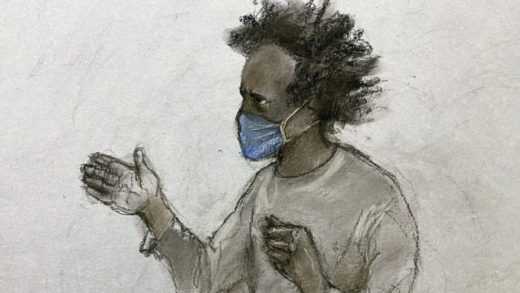ABUJA, Sep 12 (IPS) – A recent study published in Journal Communications Medicine explores how people from different income levels and urban or rural backgrounds view the factors that influence health across eight countries: Brazil, China, Germany, Egypt, India, Indonesia, Nigeria, and the United States.
It found that those with higher incomes are more likely to think genetics are the most important factor for health, while those with lower incomes value social support more. In contrast, urban residents prioritize healthcare, while those in non-urban areas place more importance on social support. This information can influence public health messaging.
Indeed, this study shows what the three most important perspectives are to consider in improving healthcare – social support, place of residence and genetics.
They are all important in predicting health disorders as well as providing quality healthcare. None should be viewed in isolation. Genetics helps predicts health conditions before birth or years before their occurrence, some health conditions are more prevalent in certain locations, and lack of social support can worsen the severity of different health conditions.
The three perspectives should also be interconnected when creating public health messaging around a disorder like sickle cell disease. This is why.
Genetics
Sickle cell disease is a genetic disorder that affects only Blackpeople. AS is the genotype for the sickle cell trait. It is an inherited disease, meaning one gets it from their parents if both carry the gene for sickle cell. A male and a female couple who have the AS genotype have a 25% chance of giving birth to a child with sickle cell disease (SS) in each pregnancy.
In sickle cell disease, the red blood cells that are usually round are shaped like sickles. This makes them sticky and makes it harder for them to move through blood vessels. They can get stuck, block blood flow, and cause pain, infections, and damage to organs. Caring for sickle cell disease warriors is very expensive because of the frequent pain crises and hospitalizations that could occur.
Public health messaging around sickle cell disease should focus on prevention, keeping in mind it is difficult to appeal to people’s emotions when they are in love. The messaging should be informed by families already caring for people living with sickle cell disease. It is the responsibility of health officials. However, there is an ecosystem of health advocate that can support.
In the event that a woman with the AS genotype becomes pregnant with a man who does too, the disease can be diagnosedin a fetus by sampling some of the amniotic fluid.
This test can help prepare parents for the birth of the child, learn more about sickle cell disease, its complications, how to prevent the complications to enable the child to live a life free from pains and the best way to care for the child.
It would also enable them to prepare financially to care for a sickle cell warrior. As heartbreaking as it may be, a couple knowing their genotype sometimes leads them to call off their wedding or decide not to have children of their own but instead opt for adoption. They need all the information necessary to make an informed decision for themselves.
Social Support
Family members are the primary and most important caregivers of sickle cell disease warriors. They are often not paid for their services; some give up their dreams while caring for sickle cell warriors and it takes a toll on their mental health too.
Government and non-profit organizations should push for policies on caring for caregivers. Such policies should provide financial compensation for carers, offer opportunities for continuous professional development for carers, provide paid alternate carers enabling family carers to get some rest.
Other social connections include organizations such as the Sickle Cell Foundation of Nigeria and the Sickle Cell Disease Association of America. These organizations contribute infundraising for care of warriors, research, policy development and advocacy. These organizations routinely host public awareness campaigns, working closely with public health authorities and healthcare providers. Families of sickle cell warriors can reach them by asking their healthcare providers and contacting these organizations via their websites.
Place of Residence
Sickle cell disease is common in low- and middle-incomecountries. In those countries, there can be more severe complications because of widespread poverty, poor diagnostic capacities, and limited access to healthcare. Even in high income countries, poorer families bear a disproportionate burden of sickle cell disease.
A study in the U.S. found that 98% of cases with sickle cell disease are African-Americans and 42% had a family income at near federal poverty level. People in higher socioeconomic class also suffer from sickle cell disease though. Therefore, messaging must target everyone irrespective of social class.
To be sure, public health messages should be tailored to address the perspectives of different demographics. However, we should not lose sight of how interconnected they are. Indeed, it is crucial to understand the roles of genetics, social connections, and socio-economic status to design effective messaging strategies. That is how the findings of this research can benefit everyone.
Dr. Ifeanyi M. Nsofor, MBBS, MCommH (Liverpool) is a member of the Global Fellows Advisory Board at the Atlantic Institute, Rhodes Trust, Oxford
© Inter Press Service (2024) — All Rights ReservedOriginal source: Inter Press Service
Source link
#Incorporate #Genetics #Social #Support #Place #Residence #Public #Health #Campaigns


















